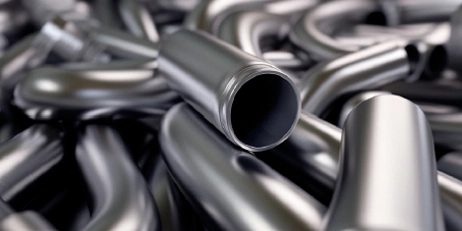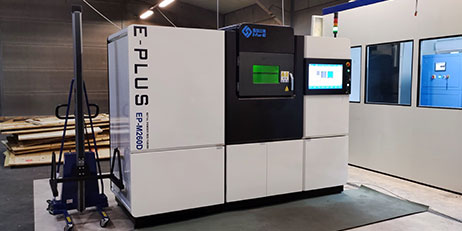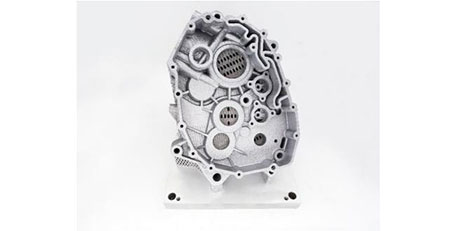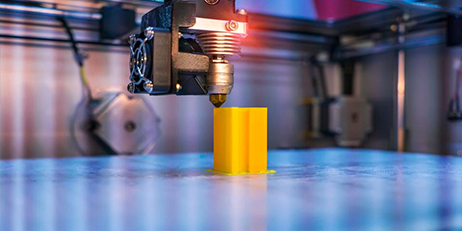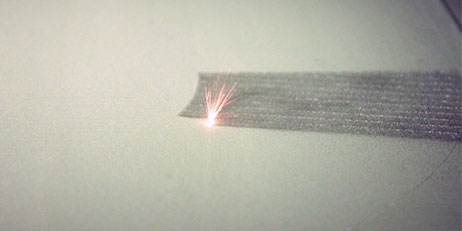The Allure of Titanium Alloy Powder
Titanium and its alloys have long been renowned for their exceptional properties, including a high strength-to-weight ratio, outstanding corrosion resistance, biocompatibility, and remarkable mechanical performance. By transforming titanium into a fine powder form, SLM 3D printing has unleashed its potential for manufacturing intricate and customized components, making it highly sought after across various fields.
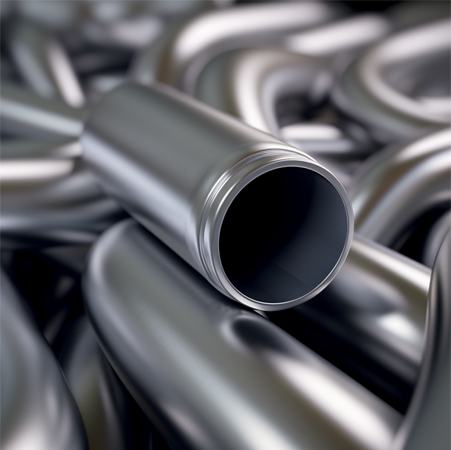
Advantages of Titanium Alloy Powder in SLM 3D Printing
Innovation in Aerospace: The aerospace industry has adopted titanium alloy powder in SLM 3D printing to create lightweight yet sturdy components, reducing overall aircraft weight and enhancing fuel efficiency. These parts, such as brackets, engine components, and structural elements, can undergo complex designs to optimize performance and meet stringent aerospace standards.
Medical Breakthroughs: Titanium's biocompatibility makes it an ideal choice for medical implants and prosthetics. Through SLM 3D printing, patient-specific implants matching individual anatomical structures can be created, leading to better outcomes and shorter patient recovery times.
Sustainable Manufacturing: Compared to traditional subtractive manufacturing methods, using titanium alloy powder in SLM 3D printing generates less waste. It allows for the direct manufacturing of parts, reducing material consumption and energy expenditure, thus promoting eco-friendly practices.
Complex Geometries: The compatibility between titanium alloy powder and SLM 3D printing enables the production of complex designs that were previously difficult or impossible to manufacture. This flexibility opens up new possibilities for engineering and design, leading to innovative solutions.
Challenges and Ongoing Research
Despite the numerous advantages of titanium alloy powder in SLM 3D printing, challenges persist. One major issue is the high reactivity of titanium with oxygen at elevated temperatures during the printing process, leading to defect formation and poor mechanical properties. Researchers are continuously exploring methods to mitigate these challenges by controlling the atmosphere and optimizing printing parameters.
Future Outlook
The future of titanium alloy powder in SLM 3D printing looks promising. With advancements in research and technology, we can anticipate more optimized titanium alloys tailored for metal additive manufacturing, further expanding their applications across different industries. The unique properties of titanium, coupled with the design freedom offered by SLM 3D printing, could lead to groundbreaking innovations, propelling this technology into wider adoption.
Titanium alloy powder in SLM 3D printing is revolutionizing metal additive manufacturing, offering exceptional strength, lightweight design, and intricate components to various industries. As researchers and manufacturers refine the processes, titanium's role in SLM 3D printing undoubtedly shapes the future of engineering, aerospace, healthcare, and other cutting-edge fields, ushering us into a new era of superior metal additive manufacturing.
